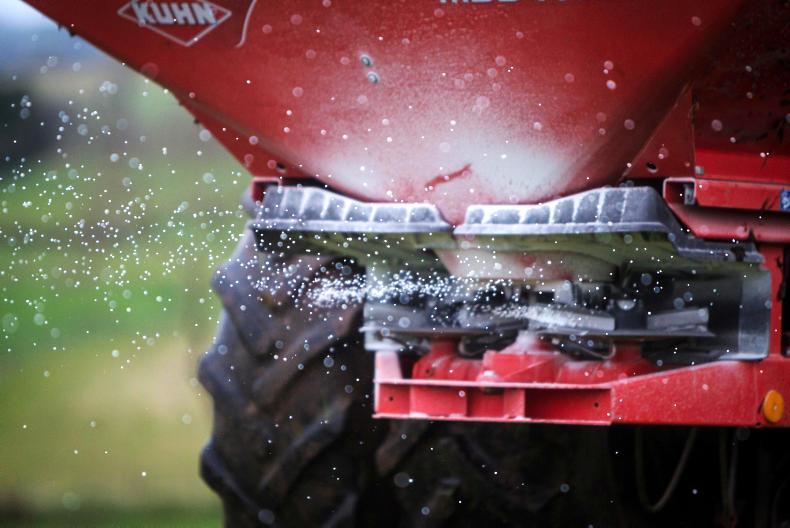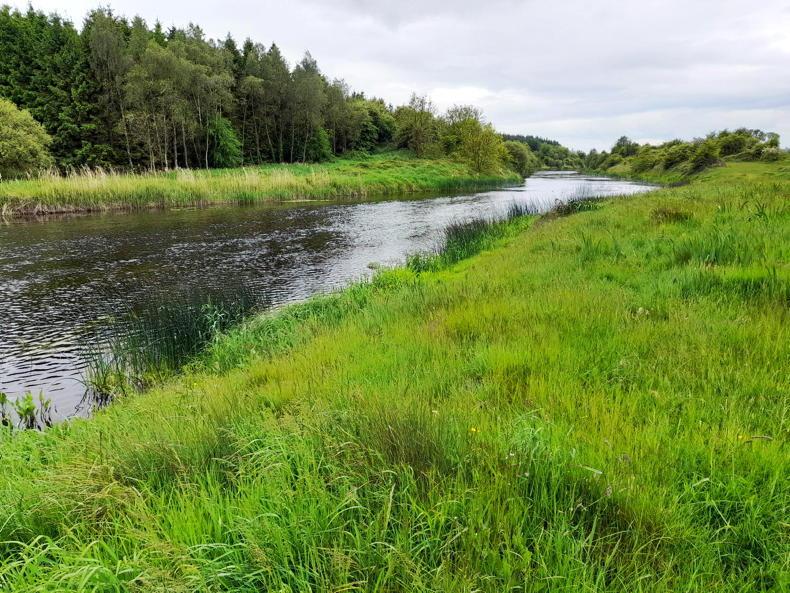Irish fertiliser importers are currently holding back from the nitrogen market as buyers closely watch the evolution of prices – particularly for urea.
Global urea prices, which had been pushing on since the summer, have fallen in recent weeks as one of the world’s largest buyers, India, withdrew from a significant tender.
Industry sources believe the market has now bottomed out and expect the current downturn is over. This week prices moved on again as unexpected western European demand picked up.
But the recent collapse in urea prices does not bode well for farmers hoping to secure a deal on nitrogen. It is understood that around two-thirds of the country’s urea needs are currently purchased and in stock. Granular urea is being offered at €350/t bagged delivered to merchant, indicating an on-farm price of €360-370/t.
It is a similar story on CAN, where supply side economics may support the price as gas prices continue to rise and ammonia pricing is also firm. CAN producers across Europe, such as Yara, are in no rush to sell and remain confident on pushing through price increases.
This confidence is helped by a small number of plant outages across the industry.
The outlook is that the urea market may now be bottoming and all eyes are watching the imminent Indian tender which could spark life back into prices.
Price increases
However, with such price rises already in place, it is unlikely that significant price increases will happen over the coming months. That said, farmers can expect to pay €40-€50/t more for fertiliser next year.
Potash prices are also up €20/t, while phosphate (DAP) is up around $75/t (€60/t), driven by supply shortages from a large plant taken out of commission in the US.










SHARING OPTIONS